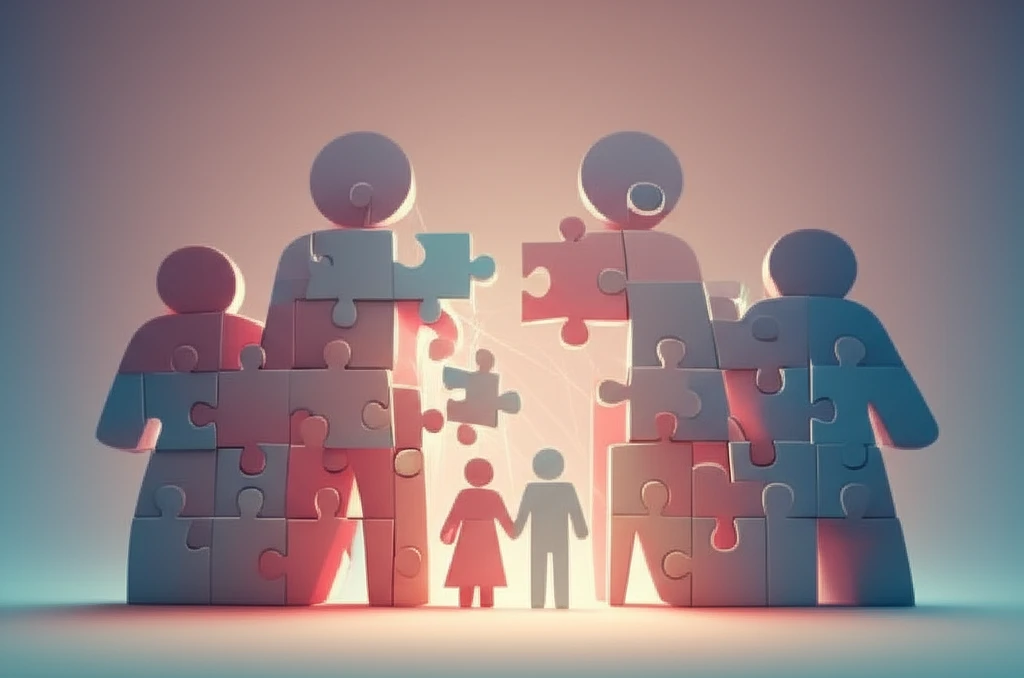
Decoding Eating Disorders: How Family Dynamics Play a Role in Recovery
"Explore the latest research on family involvement in treating eating disorders, and discover how these insights can lead to more effective recovery strategies."
Eating disorders are complex mental health conditions with significant physical and psychological consequences. While individual factors certainly play a role, research increasingly highlights the profound impact of family dynamics on both the development and treatment of these disorders. Understanding these family influences is crucial for creating effective and supportive recovery environments.
For decades, family therapy has been a cornerstone in the treatment of adolescent anorexia nervosa, leading to the development of various therapeutic models and techniques. However, the interplay between family dynamics and eating disorders is multifaceted and continues to evolve as new research emerges. This article aims to explore these evolving insights and provide a comprehensive overview of how family-based approaches can be optimized.
By examining the latest research, we will address key questions: How do family dynamics contribute to the onset and maintenance of eating disorders? What family-based therapies are most effective, and when should they be applied? How can we bridge the gap between research findings and practical application to better support individuals and families facing these challenges? This exploration will provide valuable guidance for families, clinicians, and anyone seeking a deeper understanding of the family's role in eating disorder recovery.
Unpacking the "Psychosomatic Family": What the Research Reveals

Early models of family influence in eating disorders often described the "psychosomatic family" as enmeshed, rigid, and overprotective. While these concepts provided initial frameworks, modern research paints a more nuanced picture. Studies have sought to validate these early models, with complex and sometimes contradictory results.
- Inconsistent Patterns: Families show varied levels of cohesion and adaptability, challenging the idea of a single "anorexic family" profile.
- Not Always Specific: Similar family dynamics can be present in families dealing with other psychosomatic or psychiatric conditions.
- Unexpected Dynamics: Some studies reveal families that are distant or disengaged, contrasting with the expected enmeshed dynamic.
Moving Forward: Collaborative and Evidence-Based Approaches
The journey to understanding and treating eating disorders requires a collaborative effort between researchers, clinicians, and families. By embracing evidence-based practices, fostering open communication, and tailoring treatment to individual needs, we can create more effective and supportive pathways to recovery. As research continues to evolve, it's crucial to remain informed and adaptable, ensuring that families receive the best possible care and guidance.
